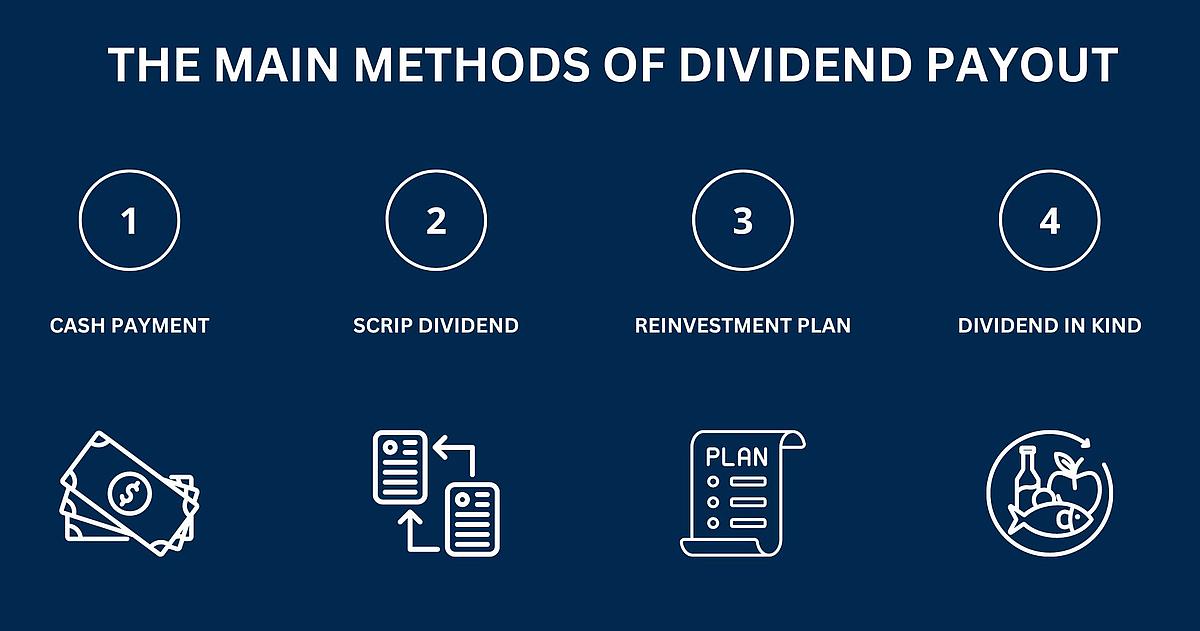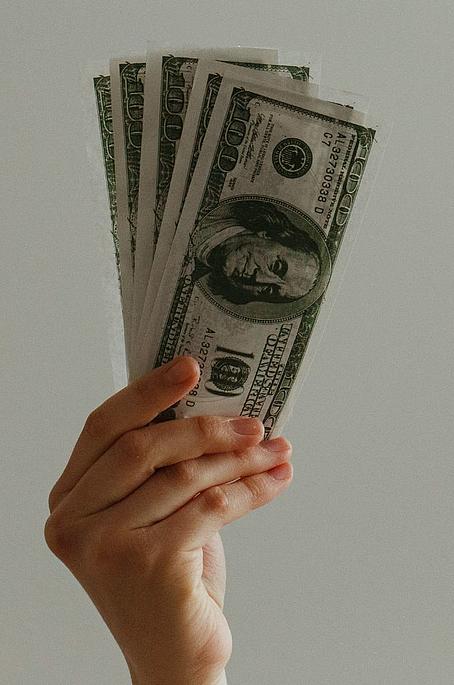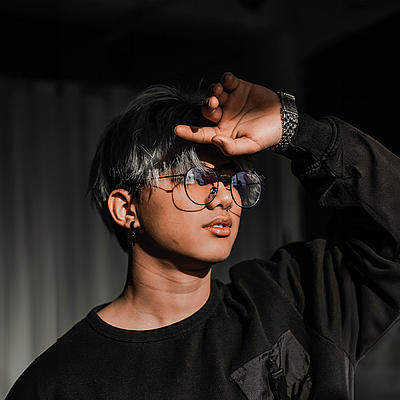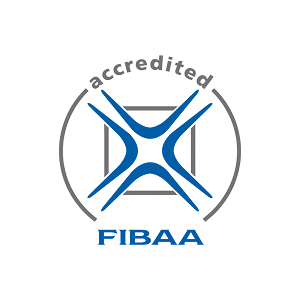|
Definition
|
Individual who invests for their own assets.
|
Organizations that invest large amounts of capital, often on behalf of others.
|
|
Examples
|
Individual investors, families.
|
Pension funds, investment funds, insurance companies, banks, hedge funds.
|
|
Capital volume
|
Relatively small volume of capital.
|
Very large capital volume.
|
|
Goals
|
Personal financial goals, such as retirement provision, asset accumulation.
|
Professional, often specific financial goals, such as maximizing returns for clients.
|
|
Resources
|
Limited resources for research and analysis.
|
Extensive resources and access to specialized analysis and data.
|
|
Investment strategies
|
Diverse, often dependent on personal preferences and risk appetite.
|
Structured, based on extensive analysis and strategies.
|
|
Regulation
|
Subject to standard investor rules and protections.
|
Subject to strict regulation and supervision, e.g. by financial regulators.
|
|
Trading volume
|
Low trading volume, often less than 1000 shares per transaction.
|
High trading volume, often thousands to millions of shares per transaction.
|
|
Influence on the market
|
Low influence on the markets.
|
Large influence on the markets due to high capital investment.
|
|
Access to information
|
Access to public information and personal networks.
|
Access to exclusive information, research reports and direct contacts to companies.
|
|
Trading frequency
|
Lower trading frequency, long-term approach preferred.
|
Higher trading frequency, often combined with short-term and long-term approaches.
|
|
Costs and fees
|
Higher per-purchase fees and often higher administrative costs.
|
Lower per-purchase fees due to large trading volumes and professional networks.
|
|
Risk management
|
Often less sophisticated risk management, depending on individual knowledge.
|
Professional risk management, use of complex financial instruments for hedging.
|
|
Investment instruments
|
Equities, bonds, funds, ETFs, real estate.
|
Broad spectrum, including derivatives, private equity, hedge funds, real estate, etc.
|
|
Liquidity
|
Mostly invested in liquid assets.
|
Possible to invest in less liquid assets, such as private equity and infrastructure projects.
|
|
Time commitment
|
Part-time job or hobby.
|
Full-time profession with teams of specialists.
|






















